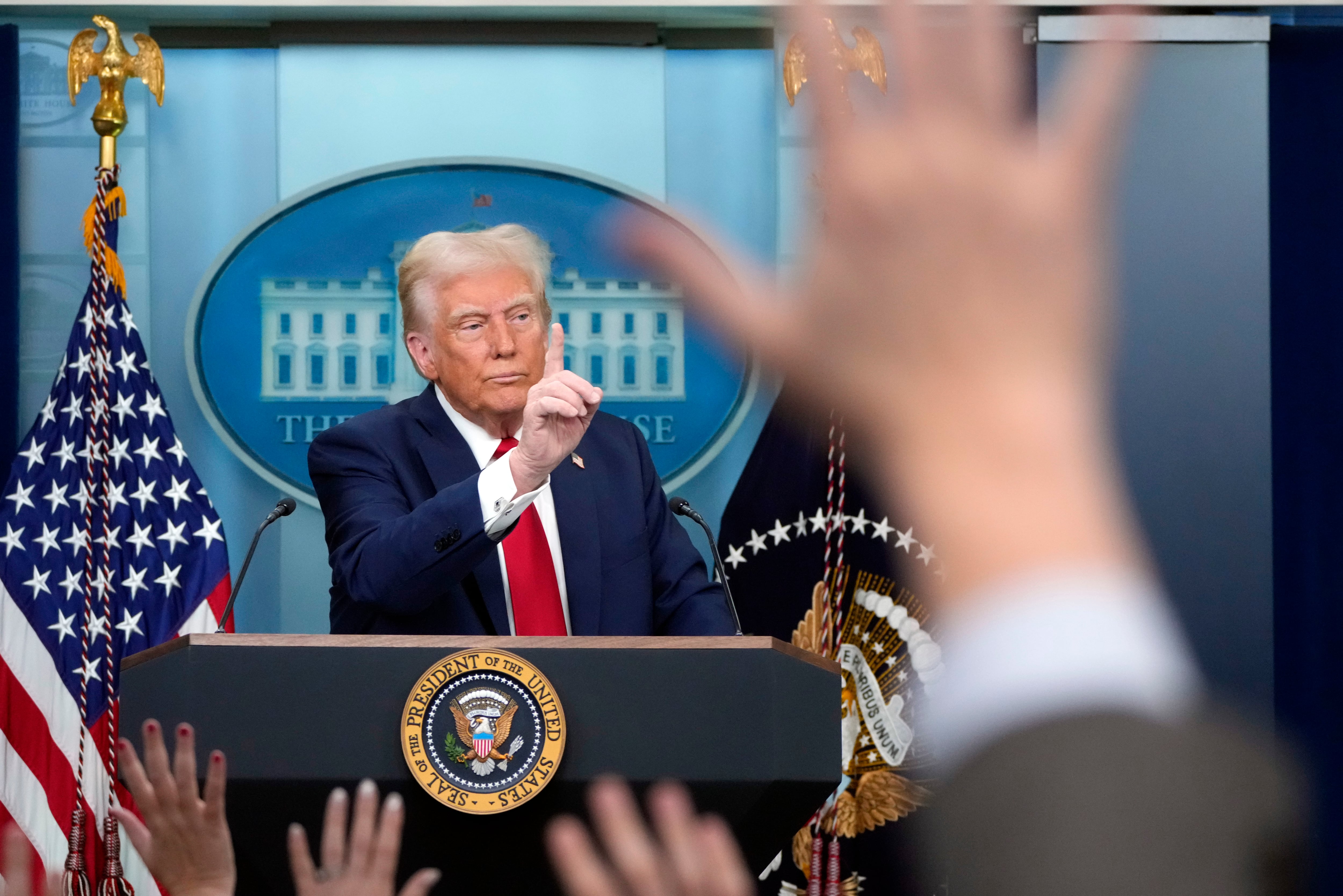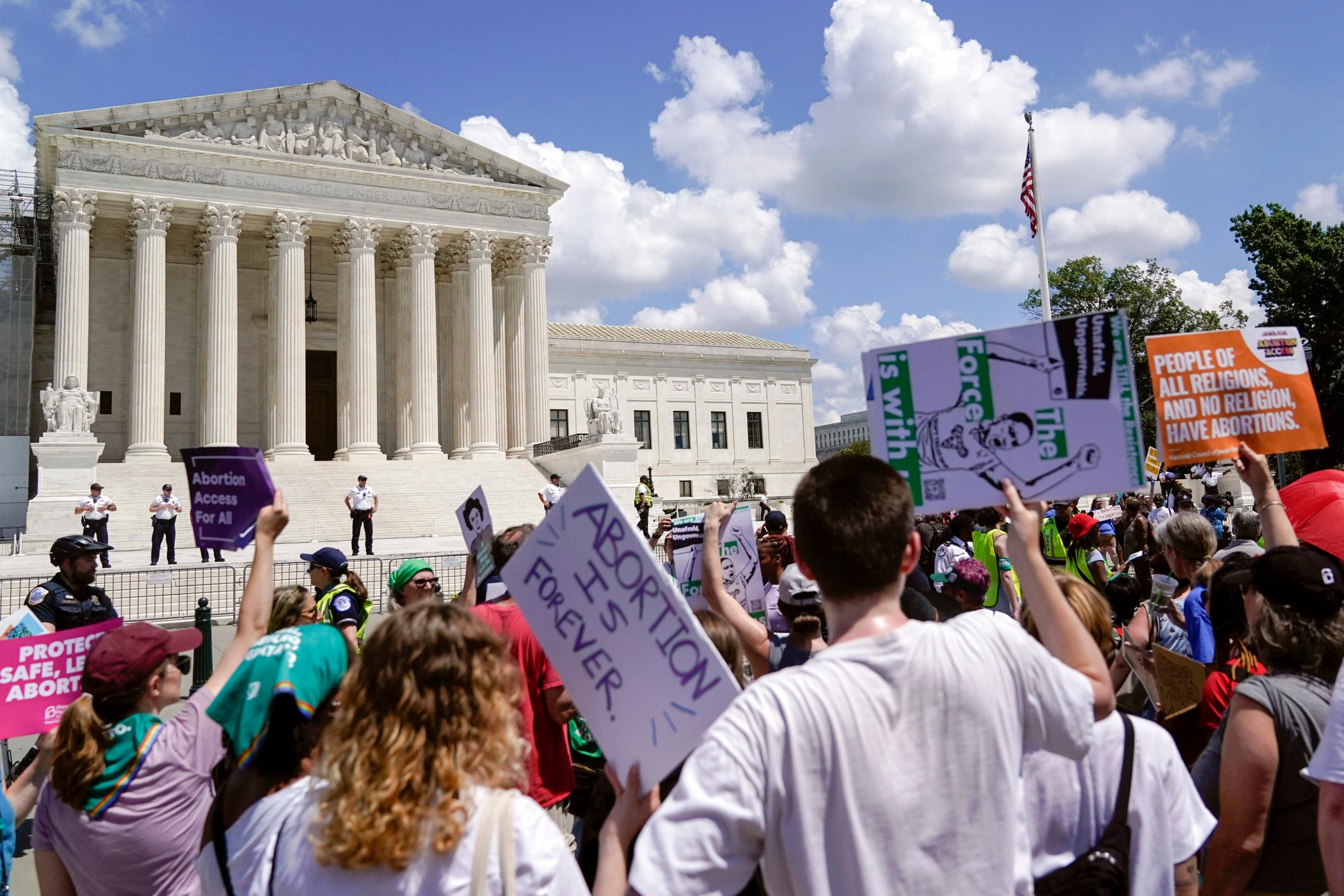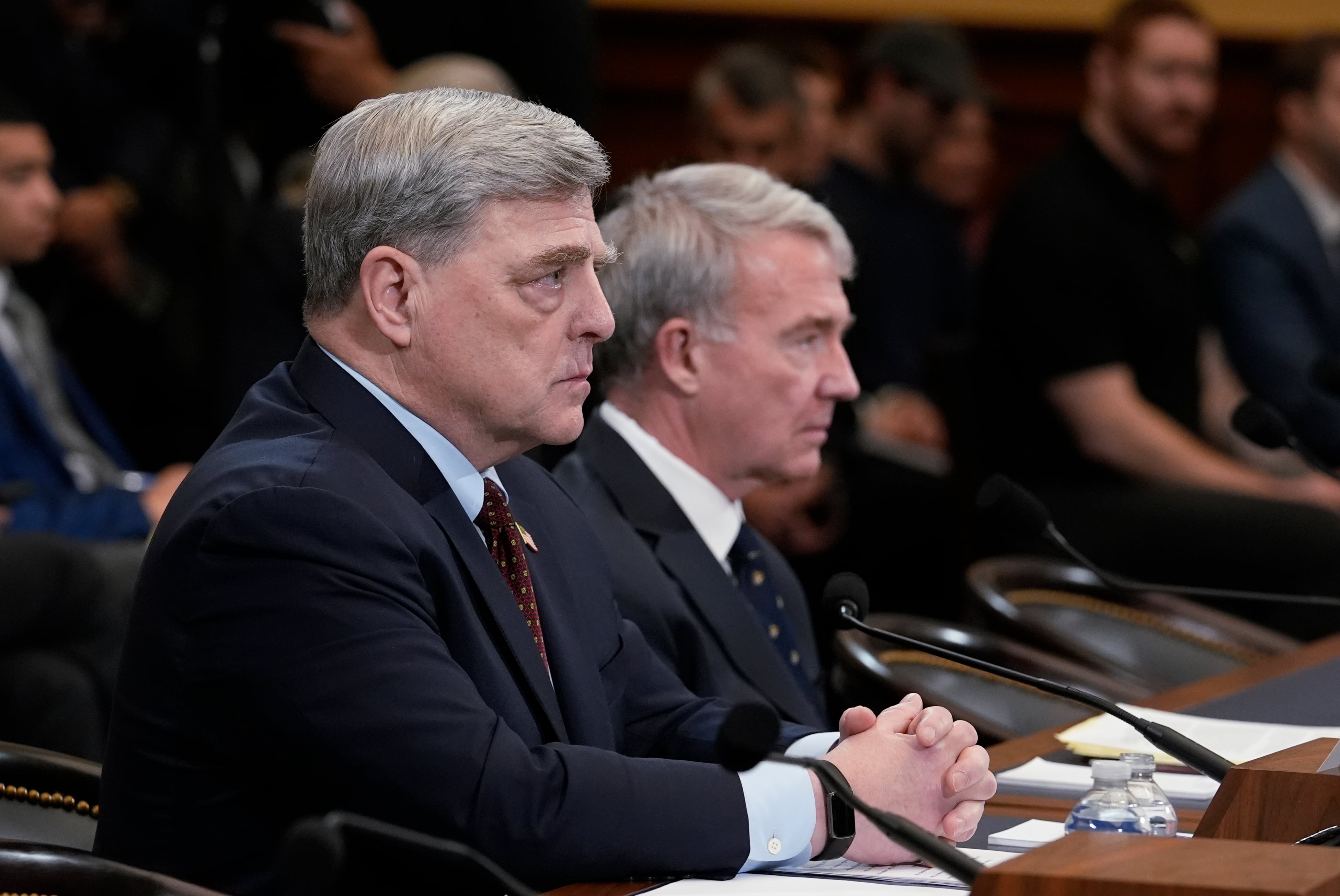SEOUL, South Korea — North Korea said Friday it conducted a "higher level" nuclear warhead test explosion that will allow it to finally build "at will" an array of stronger, smaller and lighter nuclear weapons. It is Pyongyang's fifth atomic test and the second in eight months.
South Korea's president called the detonation, which Seoul estimated as the North's biggest-ever explosive yield, an act of "fanatic recklessness."
The North's boast of a technologically game-changing nuclear test defies both tough international sanctions and long-standing diplomatic pressure to curb its nuclear ambitions. It will raise serious worries in many world capitals that Pyongyang has moved another step closer to its goal of a nuclear-armed missile that could one day strike the U.S. mainland.
Hours after Seoul noted unusual seismic activity near the North's northeastern nuclear test site, Pyongyang said in its state-run media that a test had "finally examined and confirmed the structure and specific features of movement of (a) nuclear warhead that has been standardized to be able to be mounted on strategic ballistic rockets."
"The standardization of the nuclear warhead will enable (North Korea) to produce at will and as many as it wants a variety of smaller, lighter and diversified nuclear warheads of higher strike power," the North said. "This has definitely put on a higher level (the North's) technology of mounting nuclear warheads on ballistic rockets."
North Korea, led by a third-generation dictatorship and wary of outsiders, protects its nuclear program as a closely guarded state secret, and the claims about advancements made in its testing could not be independently verified. But they center on a technological mystery that has long bedeviled outside experts: How far has North Korea gotten in efforts to consistently shrink down nuclear warheads so they can fit on long-range missiles?
South Korea's main spy agency told lawmakers in a closed-door briefing after the test that it does not think Pyongyang currently has the ability to develop miniaturized nuclear weapons that can be mounted on ballistic missiles, but intelligence officials expressed worries that the North's efforts to do so are progressing quicker than previously thought, said Kim Byungkee, a lawmaker from the opposition Minjoo Party.
South Korean President Park Geun-hye strongly condemned the test, saying in a statement that it showed the "fanatic recklessness of the Kim Jong Un government as it clings to nuclear development." Kim is the North Korean leader.
Park's office said she spoke with U.S. President Barack Obama about the test Friday morning, during a regional summit in Laos. Park said South Korea will employ all available measures to put more pressure on North Korea, which has previously conducted nuclear tests every three to four years.
South Korea's weather agency said the explosive yield of the North Korean blast would have been 10 to 12 kilotons, or 70 to 80 percent of the force of the 15-kiloton atomic bomb the United States dropped on the Japanese city of Hiroshima in 1945. The North's fourth test was an estimated six kilotons.
North Korea said there was no radioactive material leaked, but the explosion put the region on edge.
Chinese state media reported that the nation's environmental protection agency started nuclear radiation monitoring. Japanese planes began to collect air samples from national air space to analyze possible radioactive materials. Tokyo Gov. Yuriko Koike said Japan's capital city is also testing water samples and monitoring radiation levels in the air.
In the North Korean capital, Pyongyang, residents were delighted.
"It's really great news," said Rim Jong Su, 42. "Now, I am full of confidence that if the enemies make any little provocations we will make a counter attack and we will surely win."
The 5.0 magnitude earthquake Friday is the largest of the four past quakes associated with North Korean nuclear tests, according to South Korea's weather agency. Artificial seismic waves measuring 3.9 were reported after North Korea's first nuclear test in 2006; 4.8 was reported from its fourth test this January.
North Korean leader Kim Jong Un has overseen a robust increase in the number and kinds of missiles tested this year. Not only has the range of the weapons successfully tested jumped significantly, but the country is working to perfect new platforms for launching them — submarines and mobile launchers — giving the North greater ability to threaten the tens of thousands of U.S. troops stationed throughout Asia.
North Korea has fired a total of 33 ballistic missiles since Kim Jong Un took power in 2011, Seoul's Defense Ministry said. In comparison, North Korea fired 16 ballistic missiles during the 17-year rule of Kim's father, Kim Jong Il.
The seismic activity comes on the 68th anniversary of the founding of North Korea's government and just days after world leaders gathered in China for the G-20 economic summit.
Any test will lead to a strong push for new, tougher sanctions at the United Nations and further worsen already abysmal relations between Pyongyang and its neighbors. North Korea is already one of the most heavily sanctioned places on earth, and many question whether the penalties work.
China has come out in strong opposition of North Korea's fifth nuclear test, a key denunciation for Pyongyang by its economic lifeline and only major ally. The Foreign Ministry issued a statement Friday criticizing North Korea for a test that disregards international objections.
Pyongyang likely wanted to show the world that strong international sanctions following its fourth nuclear test and long-range rocket launch earlier this year haven't discouraged its efforts to advance its nuclear weapons and missiles programs, according to Koh Yu-hwan, a North Korea expert at Seoul's Dongguk University.
North Korea is thought to have a handful of rudimentary nuclear bombs and has spent decades trying to perfect a multistage, long-range missile to eventually carry smaller versions of those bombs. But its miniaturization abilities are a mystery.
After several failures, North Korea put its first satellite into space with a long-range rocket launched in December 2012, and has since launched another satellite on a similar rocket. Experts say that ballistic missiles and rockets in satellite launches share similar bodies, engines and other technology.
In January, North Korea claimed to have conducted a hydrogen bomb test, but many foreign governments and experts were skeptical about the claim. After that test, some analysts said the country likely needed only a couple more test explosions before acquiring a miniaturized warhead that could be mounted on a long-range missile.
North Korea's persistent pursuit of missiles and nuclear weapons has long been one of the most intractable foreign policy problems for U.S. administrations.
Diplomacy has so far failed. Six-nation negotiations on dismantling North Korea's nuclear program in exchange for aid were last held in late 2008 and fell apart in early 2009.
The Korean Peninsula remains technically at war, as the 1950-53 Korean War ended in an armistice, not a peace treaty.
Associated Press writers Kim Tong-hyung in Seoul and Mari Yamaguchi in Tokyo contributed to this report.





